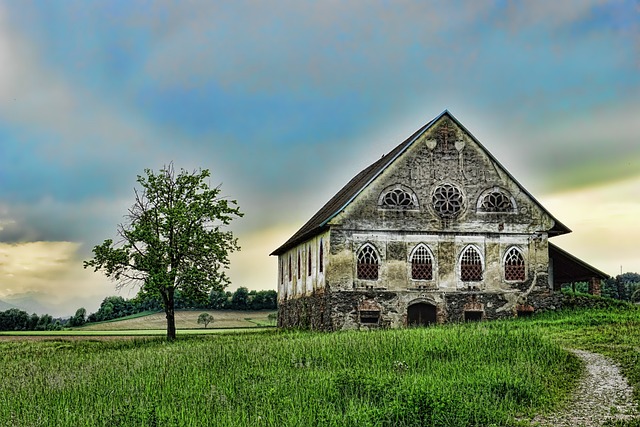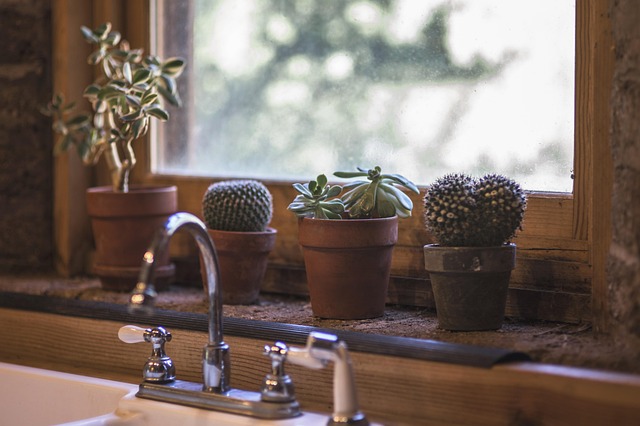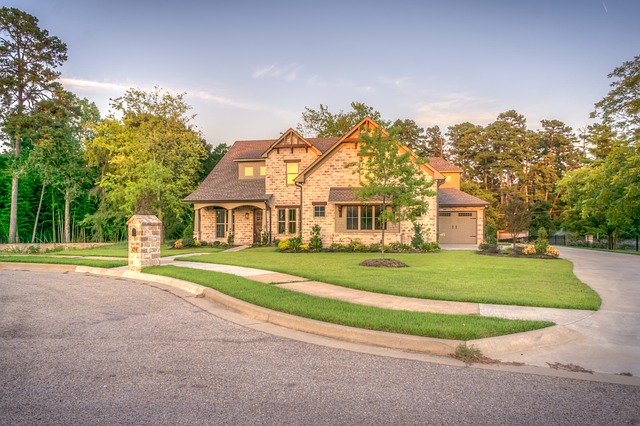Understanding your region's specific risks from natural disasters is crucial for protecting your property. Different areas are prone to events like hurricanes, earthquakes, floods, or wildfires, so identifying these hazards enables targeted storm-proofing measures. Upgrades such as storm shutters, impact-resistant windows, storm-proof doors, and reinforced construction significantly enhance home weather protection, flood prevention, and earthquake resilience. Regularly maintaining and updating these features ensures a disaster-proof home, promoting peace of mind and better preparedness for unexpected events. Additionally, assembling an emergency kit with essential supplies further strengthens natural disaster readiness.
In an era increasingly defined by unpredictable weather patterns, safeguarding your property from natural disasters is paramount. This comprehensive guide equips homeowners with essential knowledge and practical tips to transform their homes into safe havens. From understanding regional risks to implementing robust storm-proofing measures, we explore every facet of creating a disaster-proof home. Discover expert advice on weather-resistant upgrades, including reinforced doors and shutters, as well as resilient construction techniques that offer unparalleled protection against the elements.
- Understanding Your Region's Risks: Identifying Potential Natural Disasters
- Essential Home Upgrades for Storm-Proofing: From Roof to Foundation
- Protecting Windows and Doors: The First Line of Defense Against Elements
- Building a Resilient Home Structure: Frame, Walls, and Beyond
- Stocking Up: Emergency Supplies and Preparedness Tips for Your Family
Understanding Your Region's Risks: Identifying Potential Natural Disasters

Understanding your region’s risks is a crucial step in protecting your property from natural disasters. Different areas are prone to specific types of weather events, such as hurricanes, earthquakes, floods, or wildfires. By identifying potential natural disasters in your region, you can focus your efforts on the most relevant storm-proofing measures. For instance, if living in an area frequently hit by hurricanes, investing in storm shutters and disaster-proof windows can significantly enhance home weather protection. Similarly, residents in earthquake-prone zones may consider resilient home construction techniques to ensure their property stands firm during seismic activities.
When preparing for natural disasters, it’s essential to think about home weather protection upgrades, like storm-proof doors, which act as the first line of defense against severe weather conditions. These upgrades, along with proper maintenance and modern construction practices, contribute to making your home disaster-proof and increasing its overall resilience. Staying informed and proactively implementing these measures will go a long way in ensuring your property’s safety during unexpected events.
Essential Home Upgrades for Storm-Proofing: From Roof to Foundation

When it comes to preparing your home for natural disasters, storm-proofing is a crucial step in ensuring your property’s resilience. Start with the roof—a sturdy, weather-resistant canopy is essential. Consider replacing or reinforcing your existing roofing material with impact-resistant options like metal or concrete tiles, which can withstand high winds and flying debris. Additionally, securing your windows and doors is vital for disaster protection. Install storm shutters or impact-rated windows to shield against broken glass and intense storms.
Upgrading your home’s foundation is another key aspect of building a resilient home. A well-constructed, waterproofed foundation provides an excellent barrier against flooding and ground movements during severe weather events. Strengthen exterior walls with reinforced framing and consider using hurricane ties or anchors to secure them to the structure. These upgrades will contribute to a disaster-proof home that can better withstand the elements, offering peace of mind and protection for you and your family.
Protecting Windows and Doors: The First Line of Defense Against Elements

Protecting your home’s windows and doors is a crucial step in storm-proofing and ensuring your property’s resilience against natural disasters. These openings are often the first lines of defense against harsh weather conditions, such as powerful storms and hurricanes. Installing storm shutters or impact-resistant windows can significantly enhance your home’s disaster-proof capabilities. These upgrades not only safeguard your family but also protect your belongings from potential damage.
When it comes to doors, consider investing in storm-proof models that are designed to withstand high winds and flying debris. Reinforced entry points, including both windows and doors, are essential components of a weather-resistant home. Regular maintenance, such as ensuring proper sealing and using high-quality hardware, further contributes to your home’s overall disaster readiness.
Building a Resilient Home Structure: Frame, Walls, and Beyond

Building a Resilient Home Structure: Frame, Walls, and Beyond
When preparing for natural disasters, it’s crucial to focus on resilient home construction. Starting with a sturdy frame that can withstand high winds is essential for storm-proofing. Using reinforced materials like steel or hurricane-rated wood ensures your home remains intact during severe weather events. Additionally, investing in weather-resistant home upgrades such as storm shutters and disaster-proof windows provides an extra layer of protection against flying debris and reduces the risk of breakage.
Extending this resilience to walls, doors, and other structural elements is vital for natural disaster protection. Install impact-resistant doors that meet specific hurricane or tornado standards to keep you and your family safe inside. Weather-tight seals around windows and doors help maintain indoor conditions, minimizing damage from wind, rain, and debris. Remember, a disaster-proof home is not just about prevention; it’s also about ensuring quick recovery post-disaster, so consider these upgrades as part of your long-term home weather protection strategy.
Stocking Up: Emergency Supplies and Preparedness Tips for Your Family

When preparing for potential natural disasters, one of the most vital steps is stocking up on emergency supplies and ensuring your family’s readiness. Create an emergency kit that includes essentials like water, non-perishable food, a first aid kit, flashlights, batteries, and important documents in waterproof containers. Teach your family how to use these items and establish a meeting point outside your home in case of evacuation.
Beyond supplies, consider upgrading your home with weather-resistant features. Install storm shutters over windows, fit storm-proof doors, and strengthen your roof. These simple yet effective measures can significantly improve your home’s resilience during severe storms or hurricanes. Regularly reviewing and updating your disaster preparedness plan is essential to ensure you and your family are ready for any eventuality.
Protecting your property from natural disasters starts with understanding regional risks and implementing robust storm-proofing measures. From upgrading essential home components like roofs and foundations to fortifying windows and doors, every step brings you closer to a weather-resistant home. Resilient construction techniques and thoughtfully stocked emergency supplies ensure your family’s safety and comfort during unpredictable events. By embracing natural disaster protection, you transform your home into a sanctuary that can withstand any storm.
